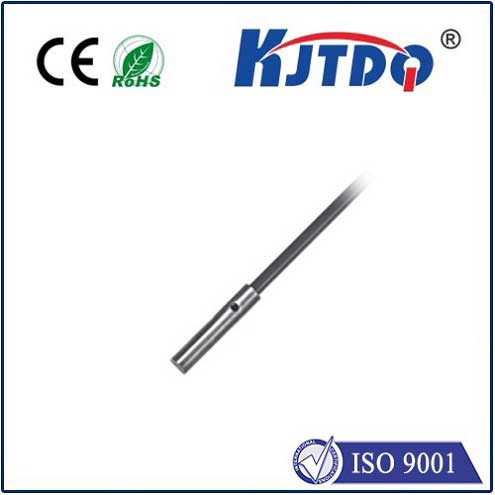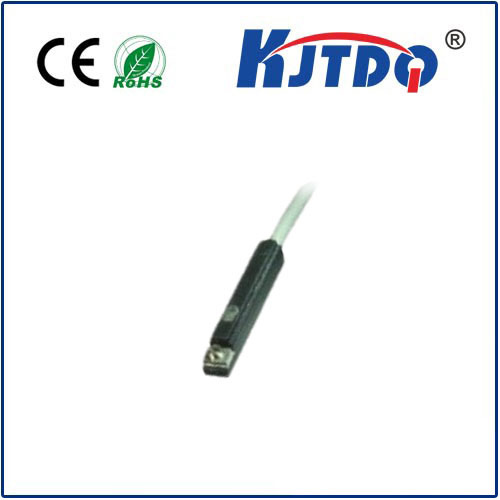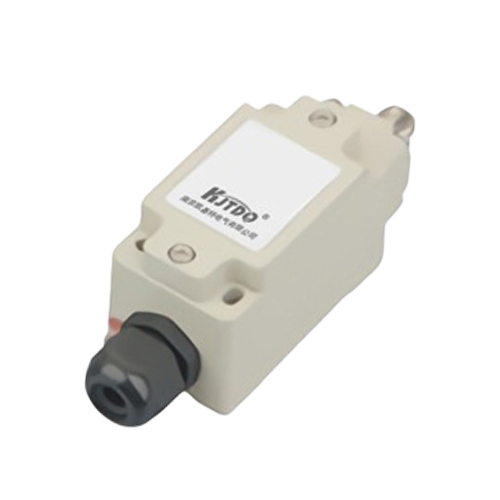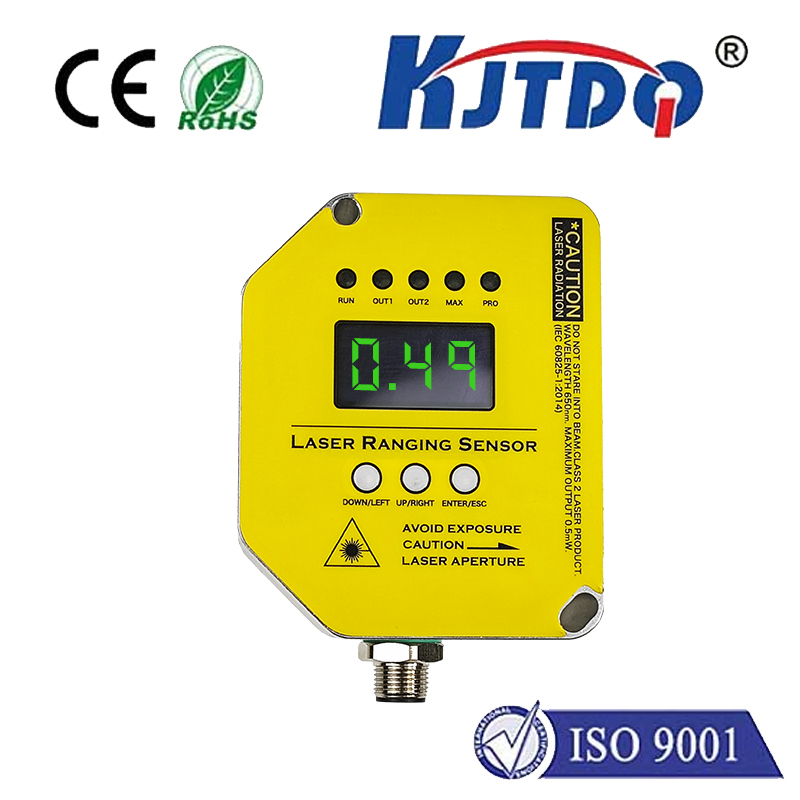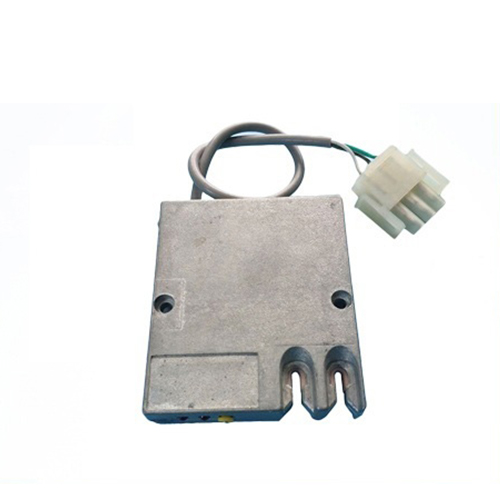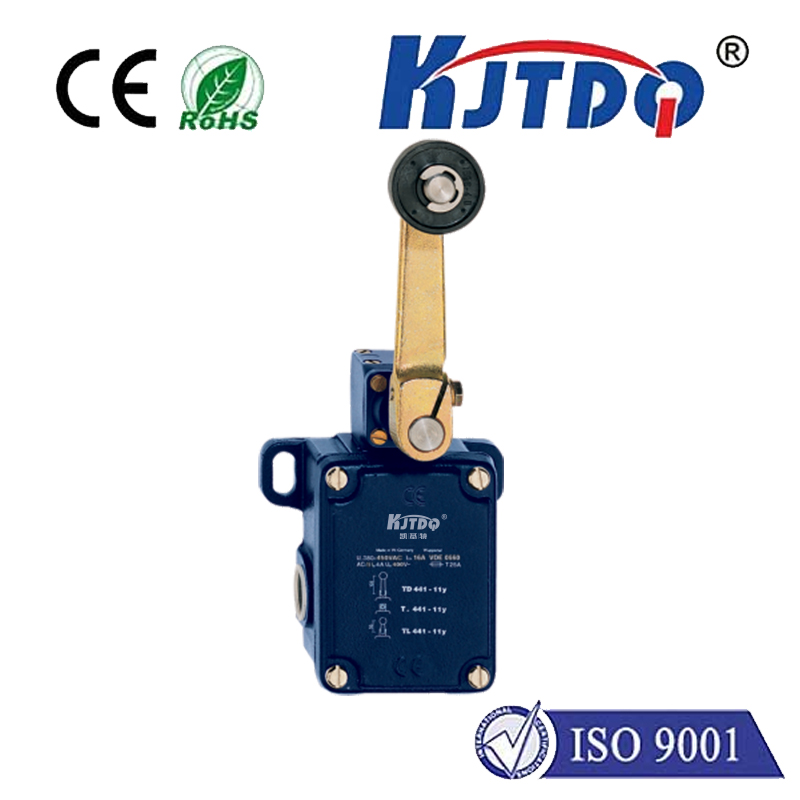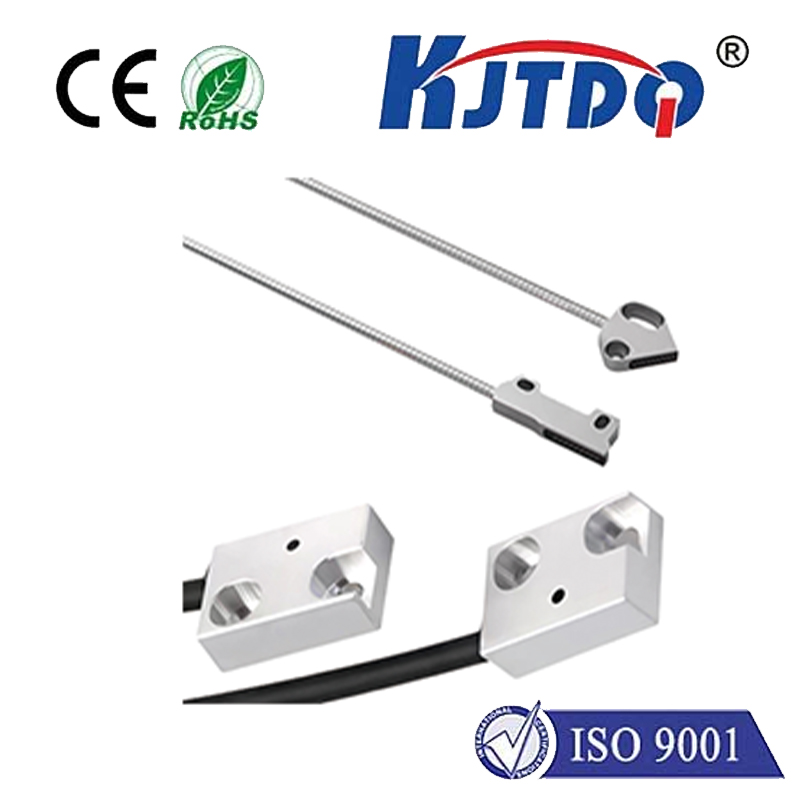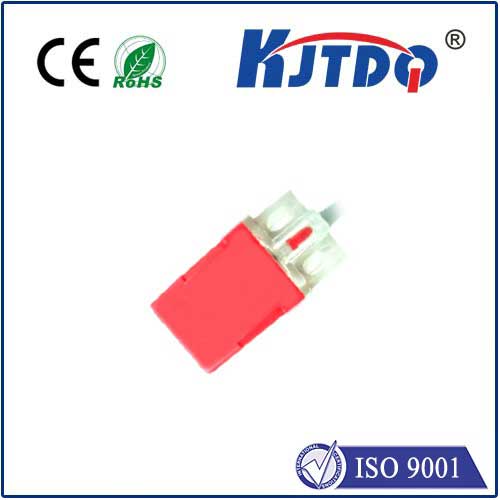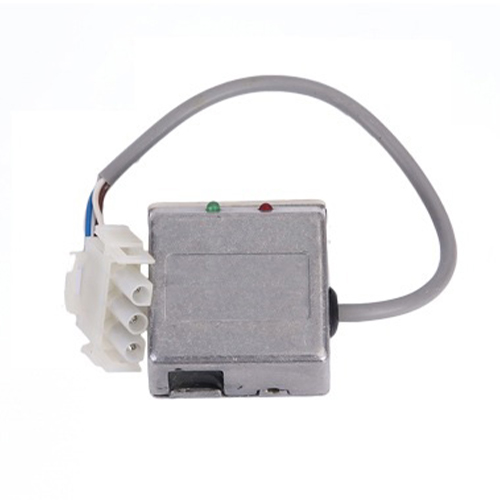Imagine your car’s air conditioning blasting hot air on a summer day, your refrigerator failing to keep food cold, or your office feeling like a sauna despite the thermostat setting. Often, the culprit behind these frustrating scenarios isn’t the main appliance itself, but a small, silent watchdog: the ambient temperature sensor. This unassuming component plays a critical role in countless systems, quietly gathering essential environmental data that allows complex technologies to function efficiently, safely, and comfortably. Understanding what these sensors are, how they work, and where they’re used reveals their indispensable nature in our modern world.
What Exactly is an Ambient Temperature Sensor? At its core, an ambient temperature sensor is a device specifically designed to measure the temperature of the air or surrounding environment in a particular location. Unlike sensors that might measure the temperature of a specific surface (like an engine block) or a liquid, ambient sensors focus on the air temperature in the space they inhabit. They convert this physical temperature measurement into an electrical signal – typically a voltage or resistance change – that can be interpreted and used by an electronic control system. Their primary function is to provide accurate temperature readings of the general environment.

The Simple Genius Behind the Sensing: How They Work Most common ambient temperature sensors rely on a fundamental principle: the electrical properties of certain materials change predictably with temperature. The most widespread type uses a thermistor. A thermistor is a resistor whose resistance changes significantly in response to temperature fluctuations. Usually constructed from semiconductor materials like metal oxides, thermistors exhibit either a Negative Temperature Coefficient (NTC) – where resistance decreases as temperature rises – or a Positive Temperature Coefficient (PTC) – where resistance increases with temperature. NTC thermistors are far more common for general Температура окружающей среды monitoring. A control unit applies a known voltage across the thermistor and measures the resulting current flow (or voltage drop), which directly correlates to the thermistor’s resistance and, consequently, the ambient temperature. RTDs (Resistance Temperature Detectors) and thermocouples are also used in specific industrial applications requiring high precision or wide temperature ranges.
Where You’ll Find Them: Pervasive Applications The applications for ambient temperature sensors are astonishingly diverse, touching nearly every aspect of modern infrastructure and daily life:
The Critical Need for Accuracy and Calibration Given the vital roles they play, the accuracy and reliability of ambient temperature sensors are paramount. Factors like sensor placement (avoiding direct sunlight, heat sources, or drafts), sensor drift over time, and electrical interference can affect readings. This is why calibration – the process of adjusting the sensor or its reading against a known standard – is essential, especially in critical applications like scientific research, medical equipment, or industrial processes. Regular maintenance checks also help ensure sensors haven’t been damaged or contaminated.
More Than Just a Number: The Intelligence They Enable The true power of an ambient temperature sensor lies not just in the raw temperature value it provides, but in how that data is used. Modern control systems integrate this seemingly simple input with other data points to make intelligent decisions. In a car, ambient temperature combined with sunlight sensor data and desired cabin settings allows for sophisticated climate control. In a smart building, it feeds into complex algorithms balancing occupant comfort against energy savings. The humble ambient sensor is a fundamental data source enabling the intelligence behind automation, efficiency, and comfort.
As technology advances towards greater connectivity and autonomy – from smarter cities to self-regulating industrial processes and increasingly intuitive smart homes – the demand for precise, reliable ambient temperature data will only grow. These silent sentinels, constantly monitoring the thermal environment, will continue to be the foundational element ensuring systems operate as intended, resources are used efficiently, and our surroundings remain optimally controlled. Their quiet vigilance is fundamental to the smooth, responsive, and efficient world we increasingly depend on.
